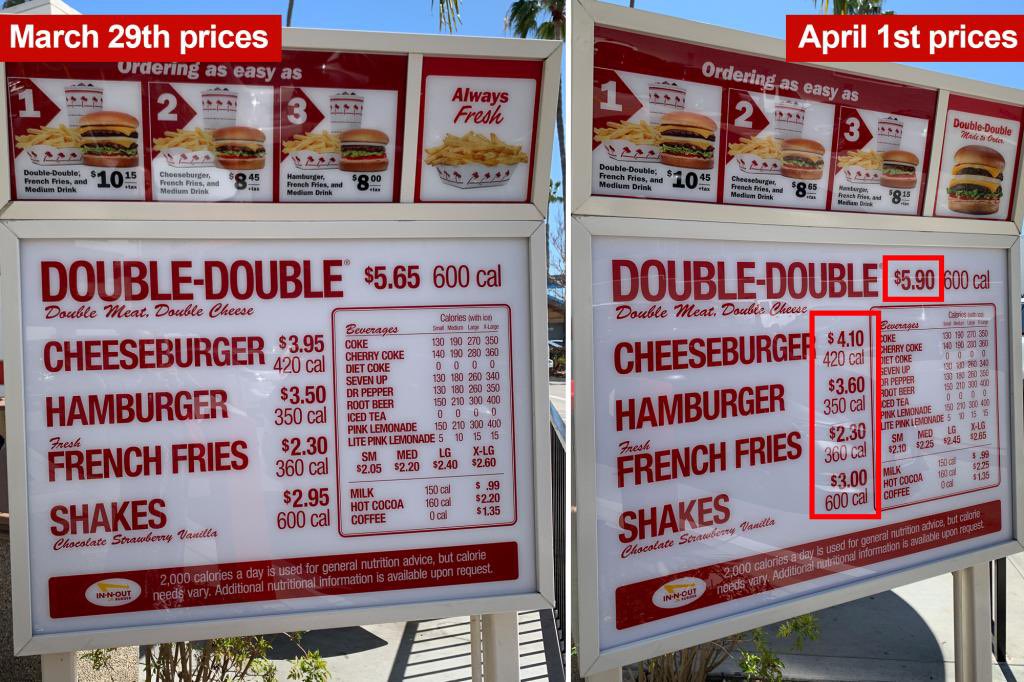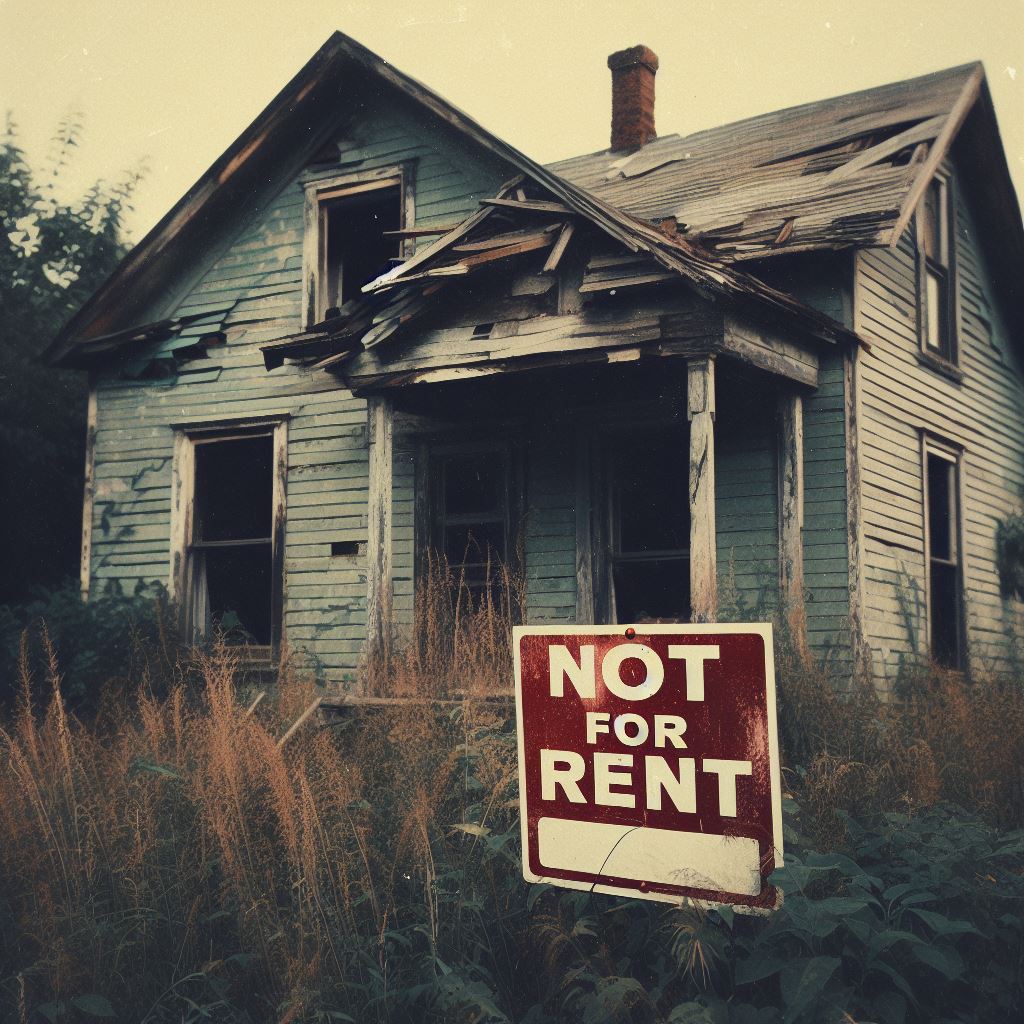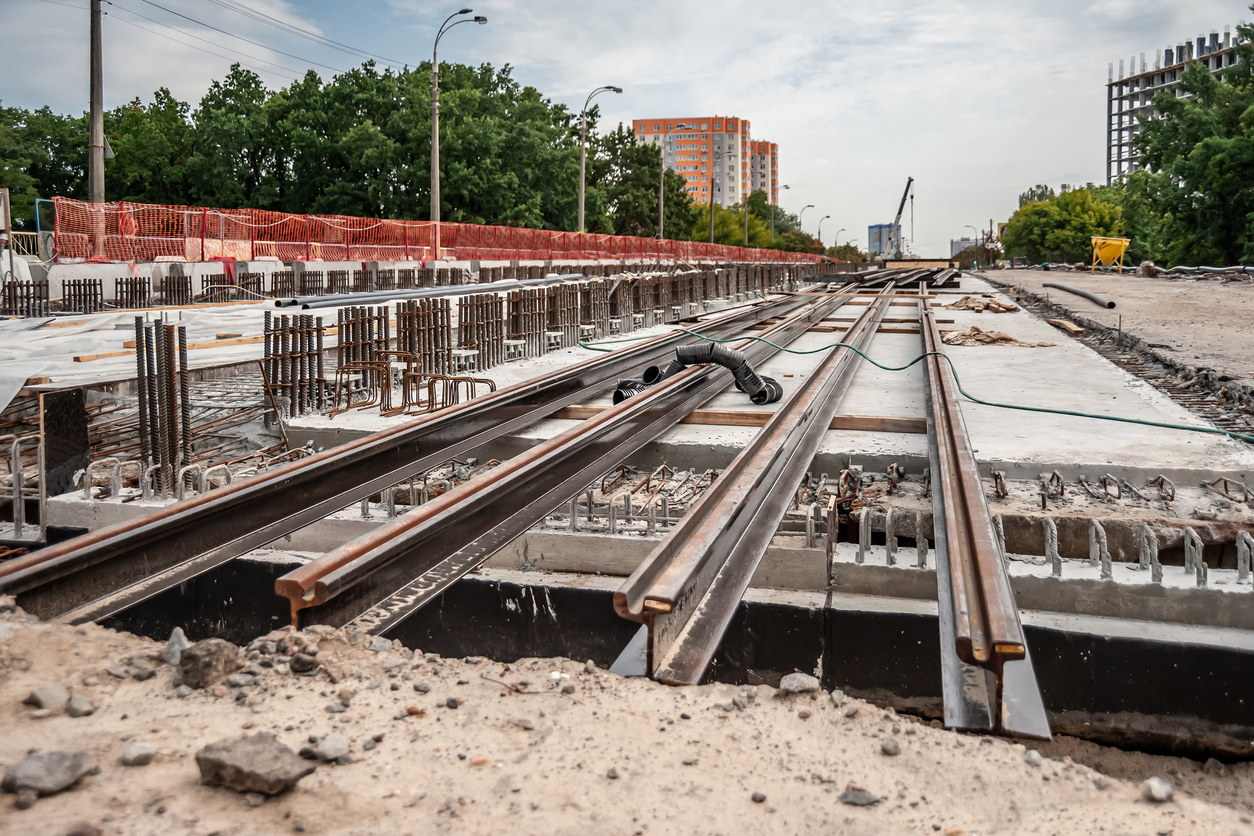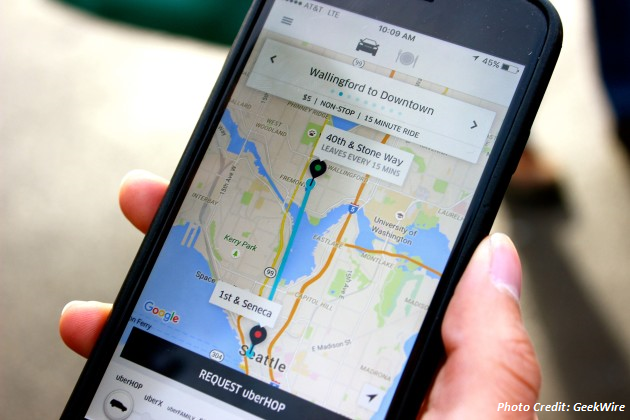WSDOT admits I-405 tolls are not affordable

For those of us that travel the I-405 corridor on a regular basis, $10 a day is the norm for using the WSDOT-inspired toll lanes to get to work on time.
While WSDOT claims that the toll lanes provide choices, we all know that they are using them to generate more revenue. Just ask anyone who paid $10 and then watched the general purpose lanes cruise on by while they sat stationary in the toll lane.
The only way to keep traffic moving in the toll lane is to reduce the amount of cars in the lane so there is no gridlock. The only way to do this is to increase the toll price so fewer drivers can afford to use the lane. Less cars, faster speeds.
We’ve seen this demand and supply situation in action before on the east coast. When faced with too many cars in the 10-mile stretch of toll lanes on I-66, the Virginia DOT solution was to remove the toll cap. The result was the tolls shot up to $44 before things started moving. It was not so much a Lexus lane anymore, but more of a Ferrari lane instead. As one driver noted, “That’s insane.”
WSDOT is beginning to realize the I-405 toll scheme might be facing the same problems. They don’t want to remove the toll cap because they know this would be extremely unpopular and so are looking at other options.
Many commuters who have fixed schedules, daycare drop offs and school runs don’t get to choose what time to drive on the freeway. They are forced to use the toll lanes since the general purpose lanes are all clogged up. The times they are on the freeway are often during peak commute hours, so they pay the peak tolls.
In an effort to mask its failure, WSDOT is supporting House Bill 2068, which would provide discounts to use the toll lanes. On the surface, this would appear to be a step in the right direction; unfortunately, it would likely make things worse.
This bill highlights the fragility of the scheme that WSDOT has created. Toll lane success depends on congestion in the general-purpose lanes. This bill and the discounts it would provide would drive up demand for the toll lanes. If the tolls are subsidized, then the toll lanes become congested. This drives up demand for general purpose lanes, and round and round we go.
In addition, new legislation to the remove speed performance requirement has been introduced with Senate Bill 5825 and its companion, House Bill 1899. If it passes, WSDOT will have no speed performance goal and no incentive to reduce congestion. The public would pay and still go slow.
In 2002, a master plan to reduce traffic congestion on I-405 was created by local leaders, legislators and private business. It called for many improvements including two additional lanes in each direction on I-405. WSDOT threw most of the plan out when the legislature approved tolls. As we’ve said before, this plan should be revisited and built out, as promised.







